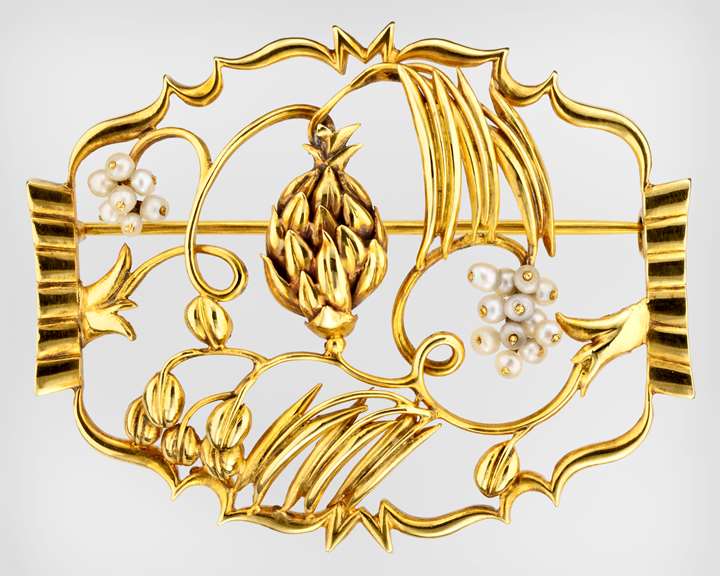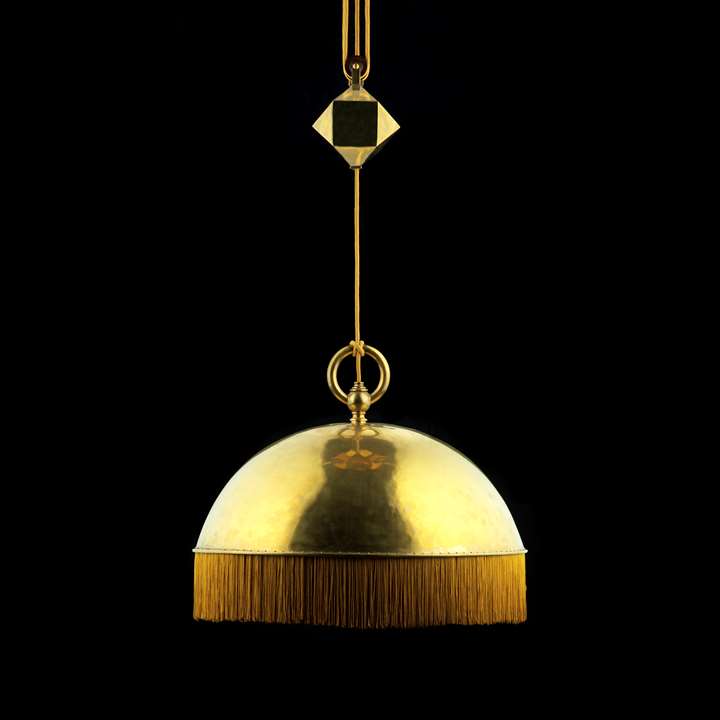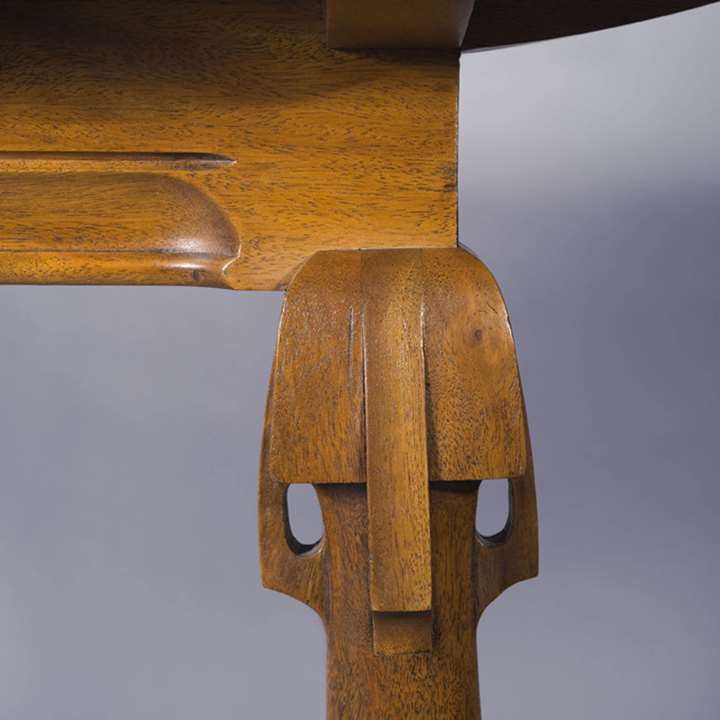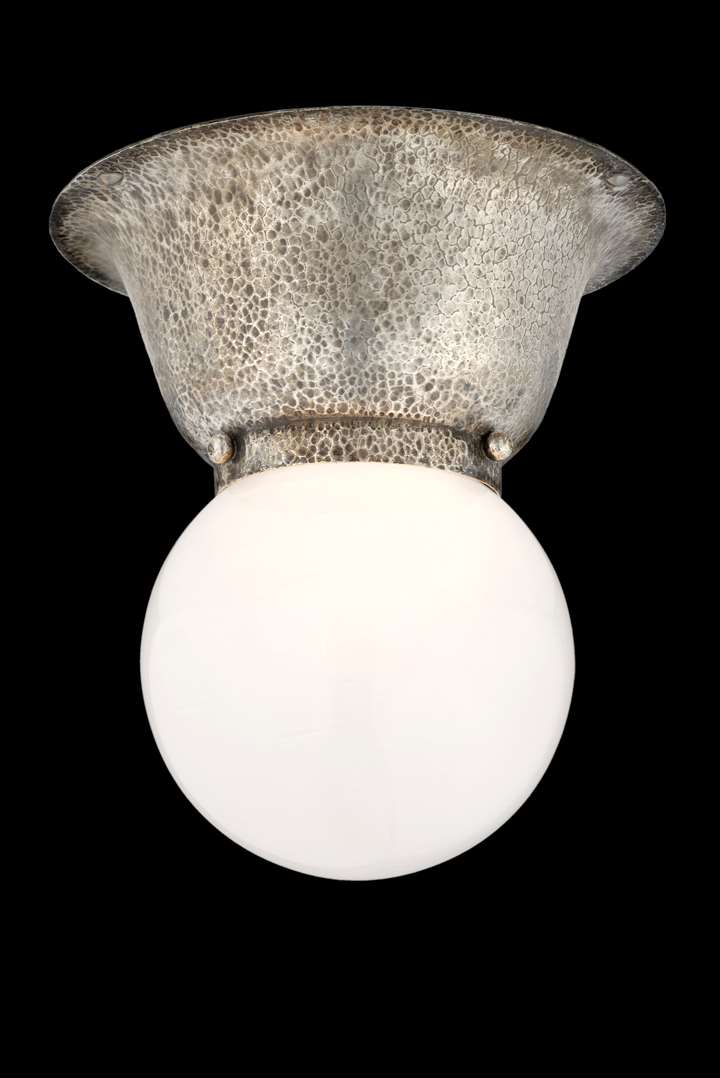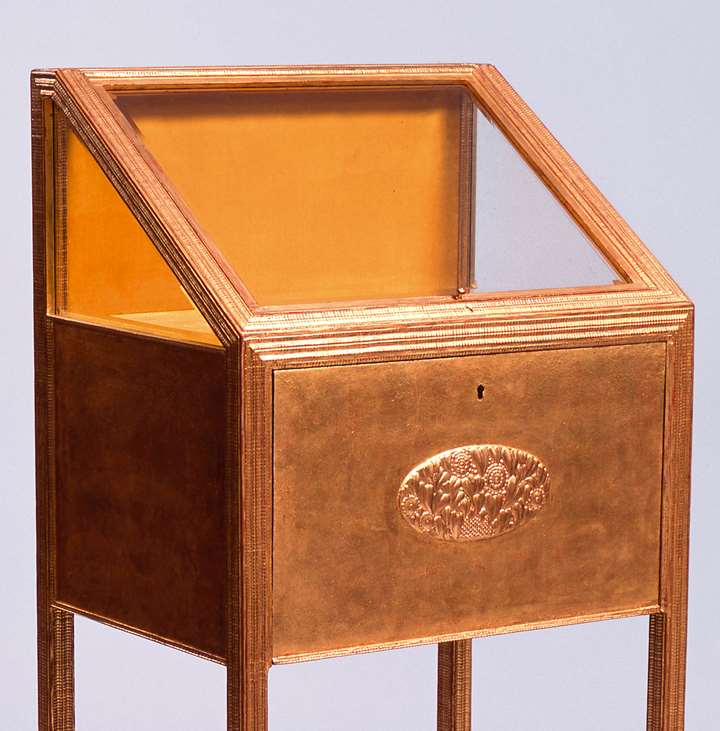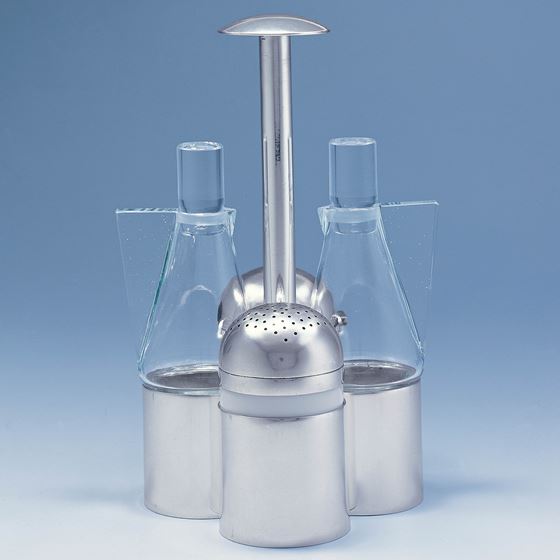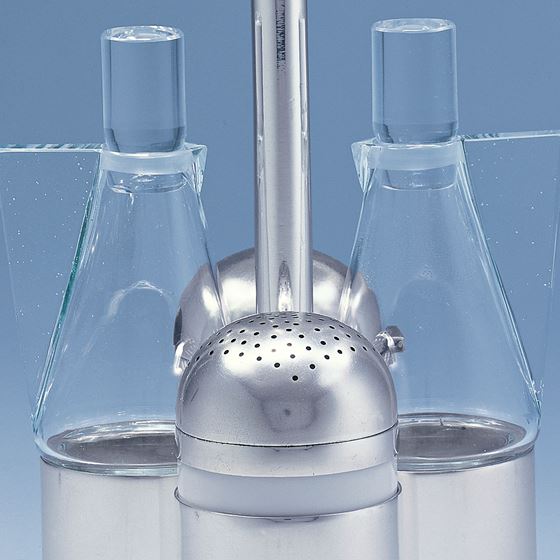Description & Technical information
Executed by Wenzel Bachmann & Co. for the Wiener Werstaette
Christian Witt-Doerring, cucrator at the Neue Galerie, NY, writes:
Cabaret Fledermaus was opened in 1907 on a floor space of around 440m2 eight metres under street level in the basement of a new building at the corner of Kärntnerstrasse/Johannesgasse in Vienna. It was built after Josef Hoffmann's design, with the Wiener Werkstätte in charge of the execution and also a shareholder in the enterprise, along with Fritz Wärndorfer, who had been persuaded that the Viennese cabaret scene was also in need of artistic renewal. Hence the best national and international talents were engaged for the programme design. Artists such as Gustav Klimt, Oskar Kokoschka, Bertold Löffler, Carl Otto Czeschka and Eduard Wimmer-Wisgril were involved as artistic associates. Josef Hoffmann described the creative ambitions of his team thus: "We have placed great importance on forming every single detail of the small theatre club with meticulous pains in terms of honest artistic skill guided by an organic perspective, and also to devote our artistic attention with the same love to the most insignificant detail as to the large. The interior design, the way the table is set, the lamps and the smallest utensils thus stem from the unified basic concept of the interior space that is being created, ..."
Besides the armchair especially designed for the cabaret theatre by Hoffmann and executed in bent wood by J. & J. Kohn, a special table service made of silver-plated alpacca was also produced by Wenzel Bachmann & Co. Its rounded forms were a perfect aesthetic match for the "round model" cutlery already developed in 1906. Thus for the soup tureen, the goulash bowl and the cruet stand Hoffmann used the simplest forms developed out of the cylinder, which he combined with curved bell shapes. The handles attached to the body of the soup tureen are not open, but closed, resembling shutter grips, thus fusing harmoniously in the integrated design. Hoffmann's aesthetic sensibility is demonstrated with particular success in the diverse treatment of the cover handles – although part of a set – in contrast to the knop finial of the cruet stand. While the former are ring-shaped and open in contrast to the closed body of the goulash bowl and the soup tureen, he matches the tubular handle of the cruet stand with a closed knop as cover. In this way he achieves a covered transition into the horizontal juxtaposed to the accentuated vertical dynamics of the object's appearance, thus a visual allusion to the rounded cover forms of the bowls and casseroles of the Fledermaus service. Here the objective is not upright verticality but an enclosed rotundity.
Date: 1909
Period: 20th century
Origin: Vienna
Medium: Silver-plated alpacca, Glass, porcelain
Dimensions: 19.5 cm (7⁵/₈ inches)
Categories: Decorative Arts & Design, Silver
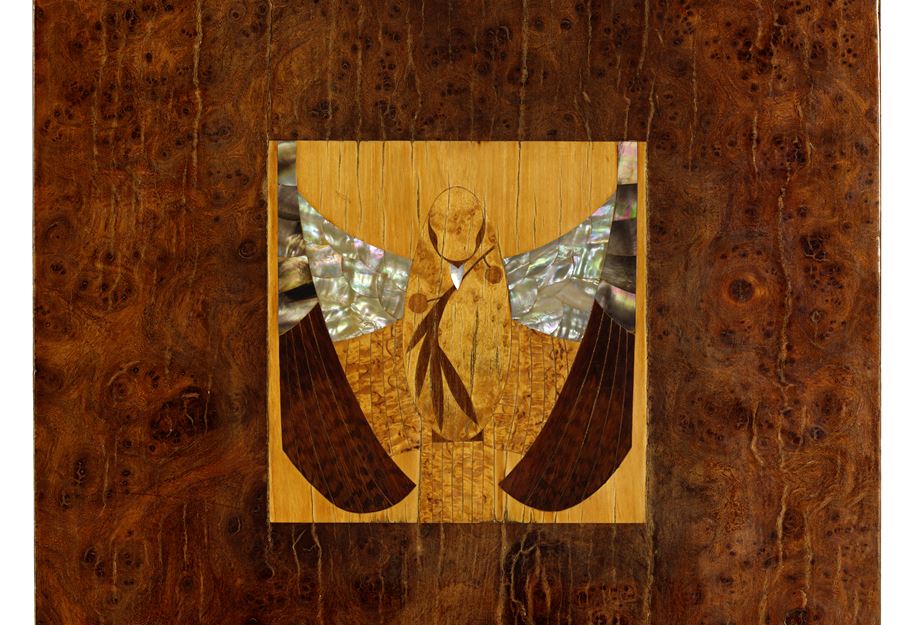
Discover the gallery
Yves Macaux
20th Century Decorative Art
